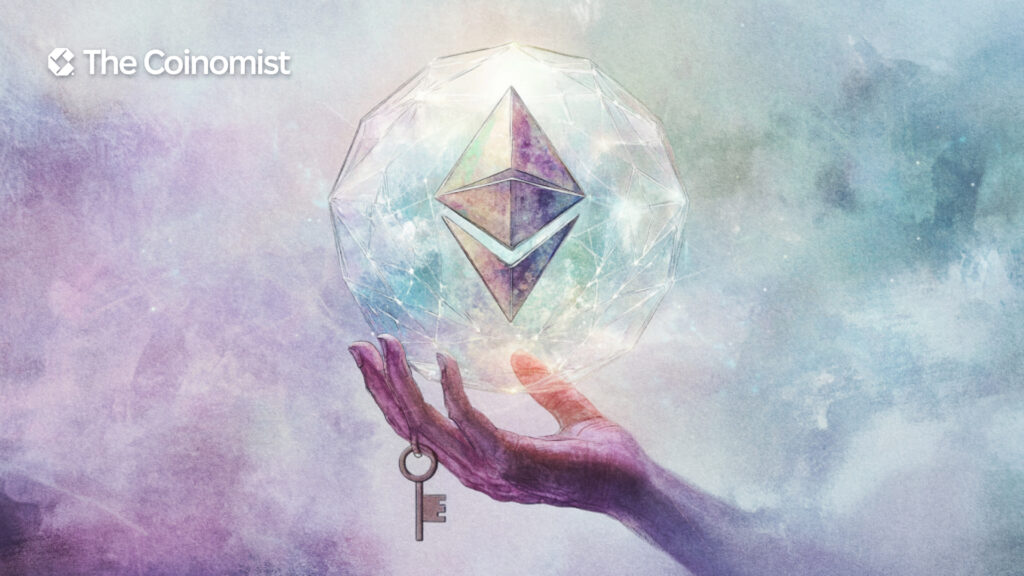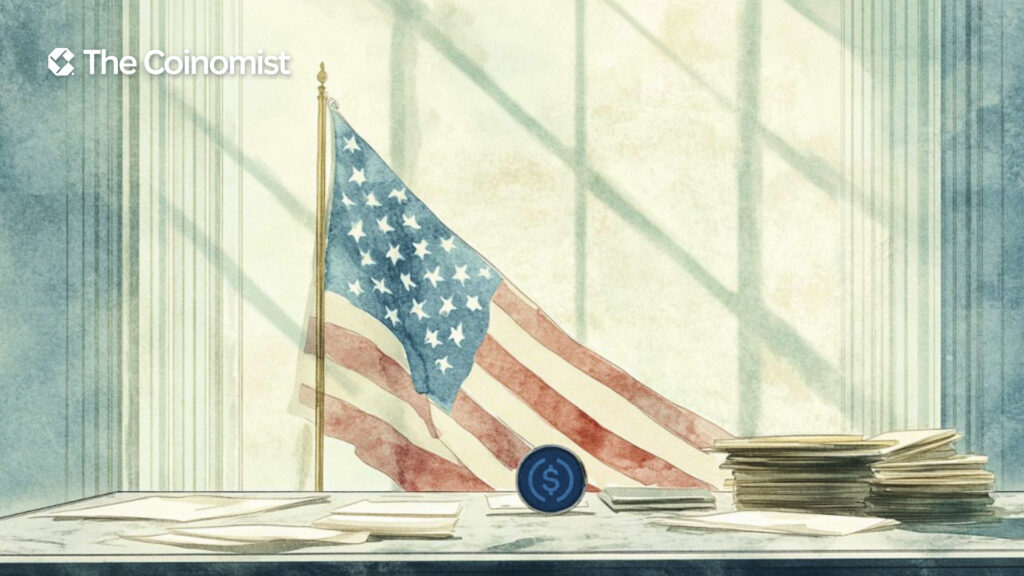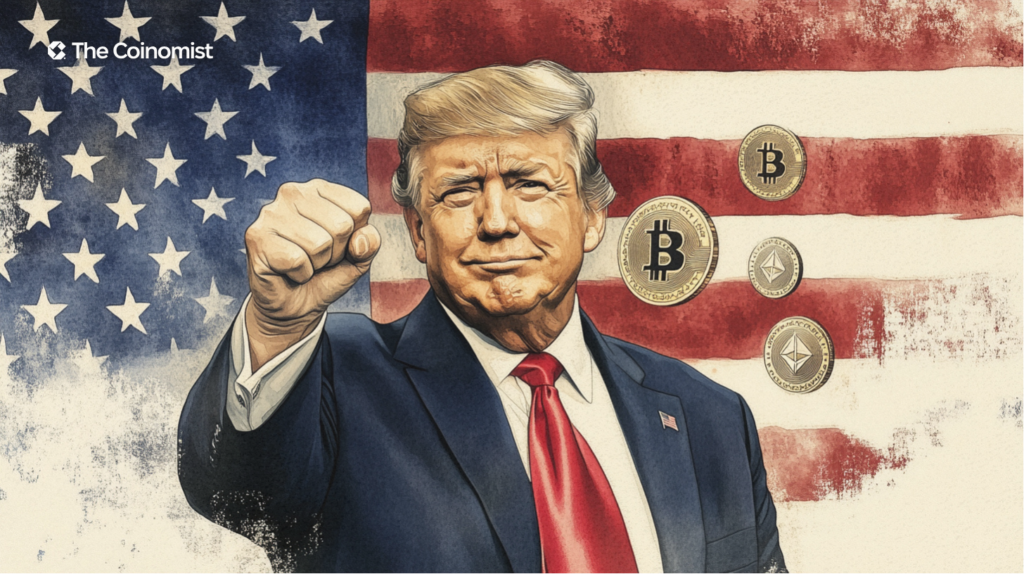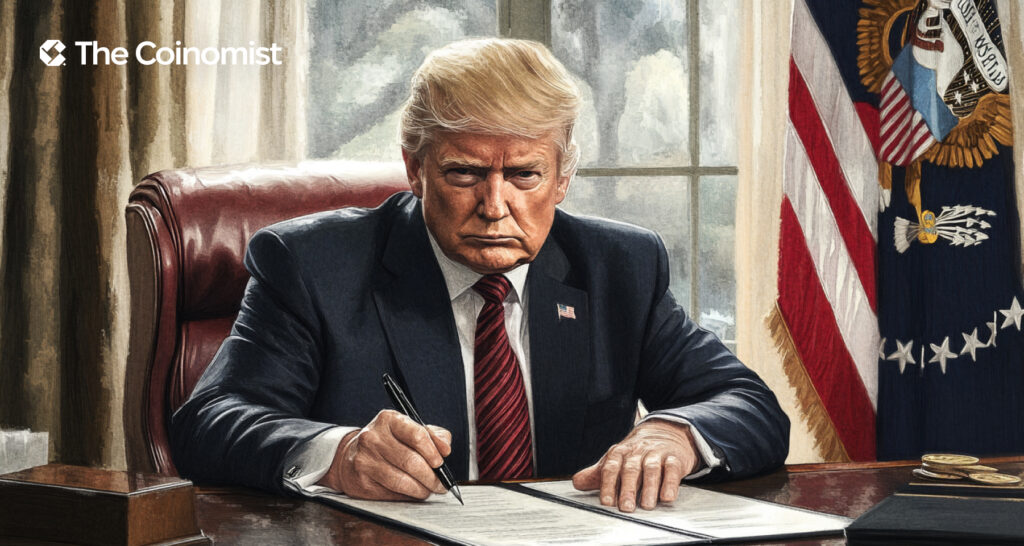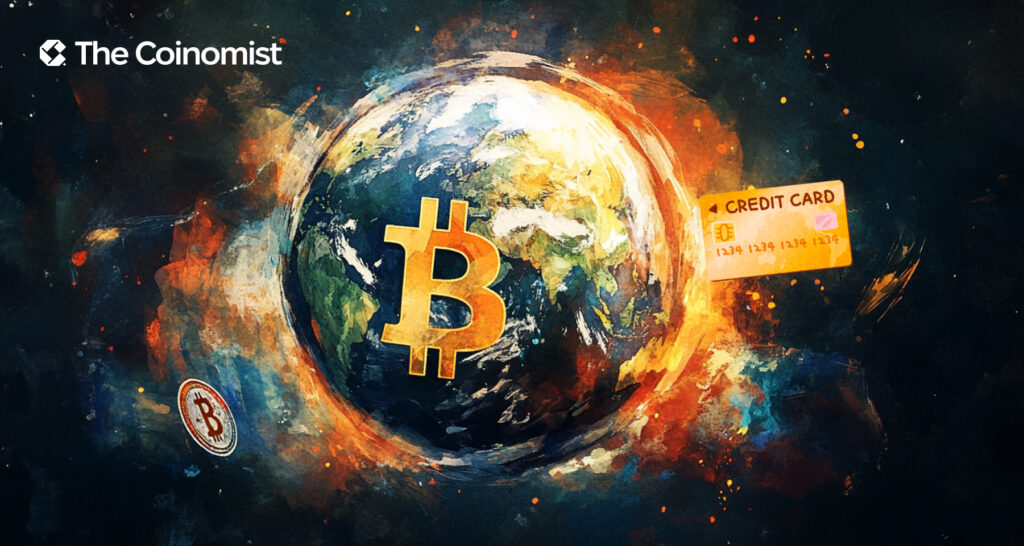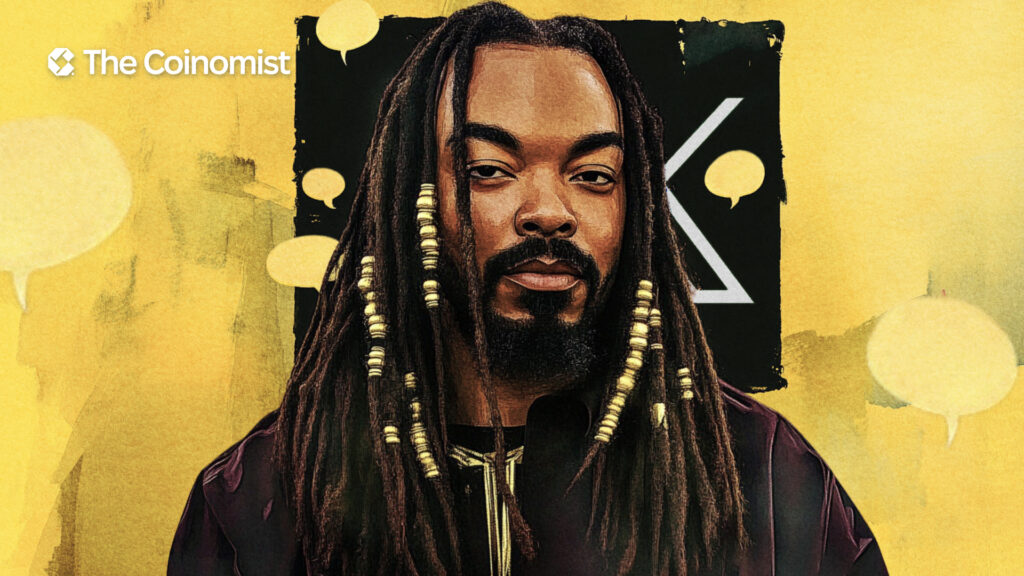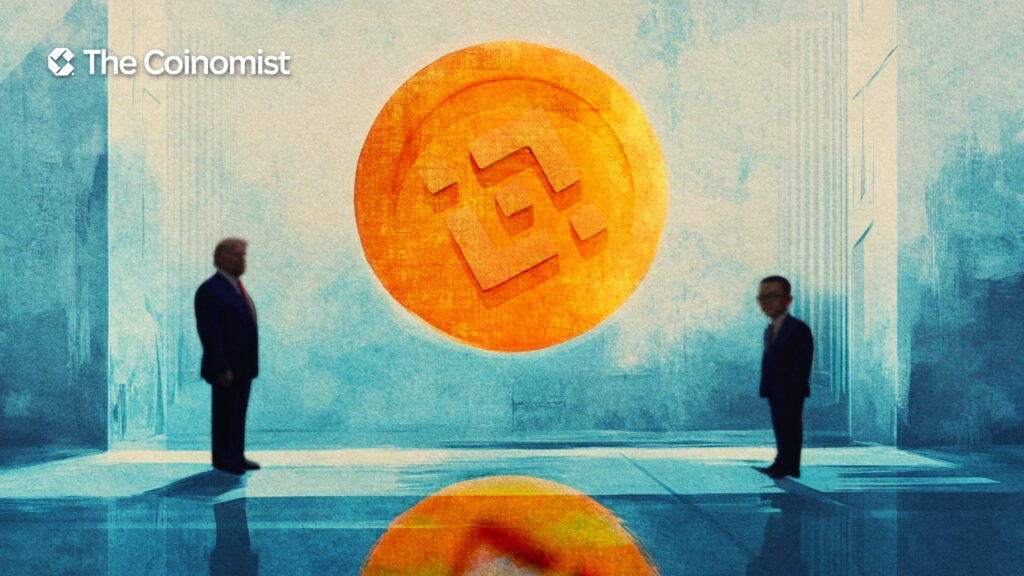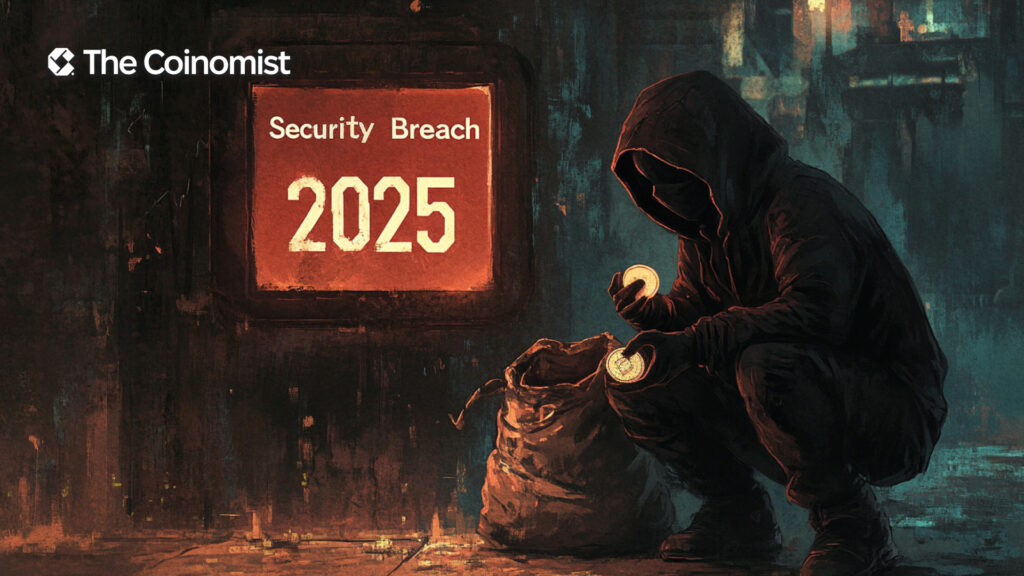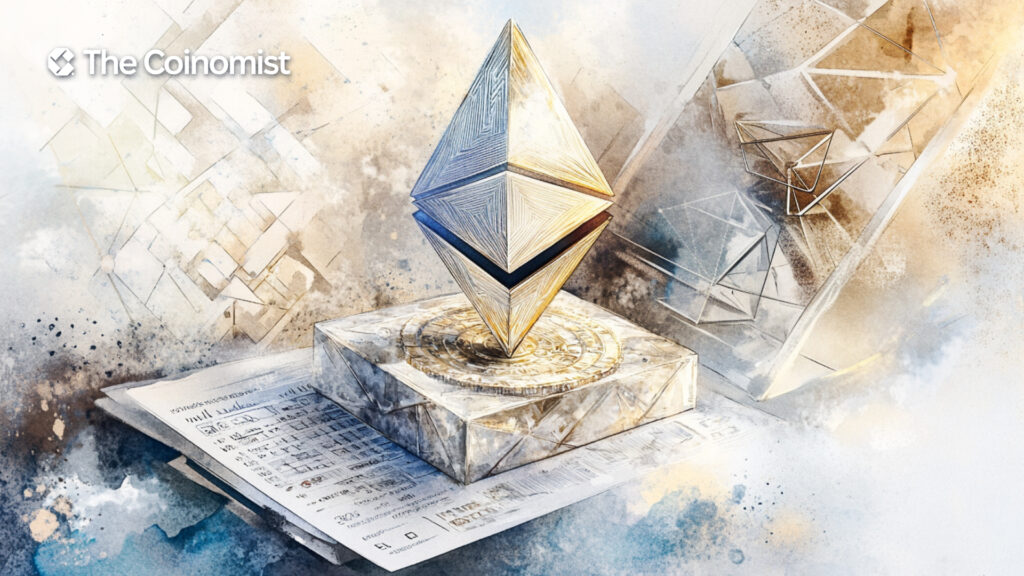Fast Money, Fake Riches—How Young Crypto Scammers Burn Out Fast

Youth. Wealth. Temptation. The quick climb through crypto scams rarely ends in peace. Instead, it leaves behind burnout, instability, and broken illusions.
On this page
You're 27, wrapped in the heat of a Miami sunset, sipping champagne in a glass-walled penthouse. Millions in crypto shimmer in your digital wallet, while your Instagram gleams with the gold-lit excess of yacht-born nights. X crowns you a genius.
Twelve months pass. You're a ghost with a prescription, tracing escape routes. The last Satoshis rattle like change in a broken purse. The crowd is gone. And your once-lauded project? Now it's not venture capitalists knocking—but federal prosecutors circling.
This is the arc of the modern crypto scammer: a meteoric rise built on illusion, fortunes flaunted across social media, and a descent fueled by ego and exposure to the relentless glare of the spotlight.
Figures like Sam Bankman-Fried and Do Kwon embody the tragedy of fast money—how it conjures the mirage of fake riches, and how unchecked vanity accelerates the fall.
Let’s look closer at the machinery behind these crashes—and why they come so swiftly.

Related: Do Kwon to Stand Trial in the US in January 2026
The Anatomy of a Gen Z Crypto Scam Victim
Ages 18 to 30. That’s the sweet spot. Young, wired-in, and craving a way out. The crypto scam scene knows it.
Why them?
Because no one buys into FOMO like the young. No one scrolls Instagram, X, and TikTok with wider eyes. They see classmates flaunting millions in meme tokens and think: “If he did it, why not me?”
And just like that, another college dropout wires his future into a vaporware dream.
Meet Sam Bankman-Fried—29, messy hair, billionaire status, founder of FTX, Super Bowl ads, and enough political donations to buy a seat at any table.
Then there’s Do Kwon, 27, self-anointed “Master of Stablecoin,” creator of Terra/Luna, and proud peddler of a 20% yield on his untested stablecoin, UST.
Both had swagger. Both had audiences. And both knew exactly how to weaponize social media with symbols of success.
But they built their legacies on fantasy. Sam used customer funds like poker chips. Do flat-out lied about UST’s backing. Their bubbles didn’t just pop—they detonated.
In the end, it wasn’t the crypto scams that got them—it was the thirst for fame.
Sam Bankman-Fried struck poses for Forbes. Do Kwon boasted on X, tossing insults at skeptics. They wanted the world to watch—and the world did, especially the regulators.
Now both men have what they never wanted: attention they can’t escape, in a prison cell.

More insights on crypto fraudsters: Life in Prison: Sam Bankman-Fried Speaks with Tucker Carlson
Fast Money Looks Good Until It Doesn’t
Let’s break down the hustle.
Sam Bankman-Fried became a billionaire with FTX, then turned around and, with his lovestruck partner Caroline Ellison, used Alameda Research to throw client cash into risky gambles.
He lived like a king: beachfront Bahamas villas, pics with Katy Perry, private jets, political BFFs. But the palace? Funded by strangers. And like any house of cards, it didn’t take much to fall.
The spotlight fed his downfall.
Sam Bankman-Fried, ex-FTX CEO, came to believe he couldn’t fail. He spent like he wouldn’t be caught. Fans praised it. Rivals waited.
The price? Nearly $100 billion lost and a wave of shattered investor trust.
Do Kwon followed his own path to disaster. His Terra USD stablecoin broke its peg from the dollar in May 2022. LUNA went to zero. $40 billion disappeared. He once mocked critics on X. Now, he was on the run.
He built a persona of wealth and swagger on social media, but behind the filters was a hollow project. The billions? Gone in days. His loud presence on social media backfired. The SEC noticed. So did investors. Questions followed.
If he'd stayed quiet, maybe the illusion would've lasted. But when you're loud in crypto, the fall is louder.
It’s a classic crypto scam playbook: make wild promises, collect millions from eager investors, then disappear—if you can.
Sam, with his disheveled charm, and Do Kwon, with his bravado, wanted to be stars so badly they burned themselves out. But the flame scorched far more than their reputations—it destroyed the hopes of millions who invested, and are still waiting for compensation that never comes.
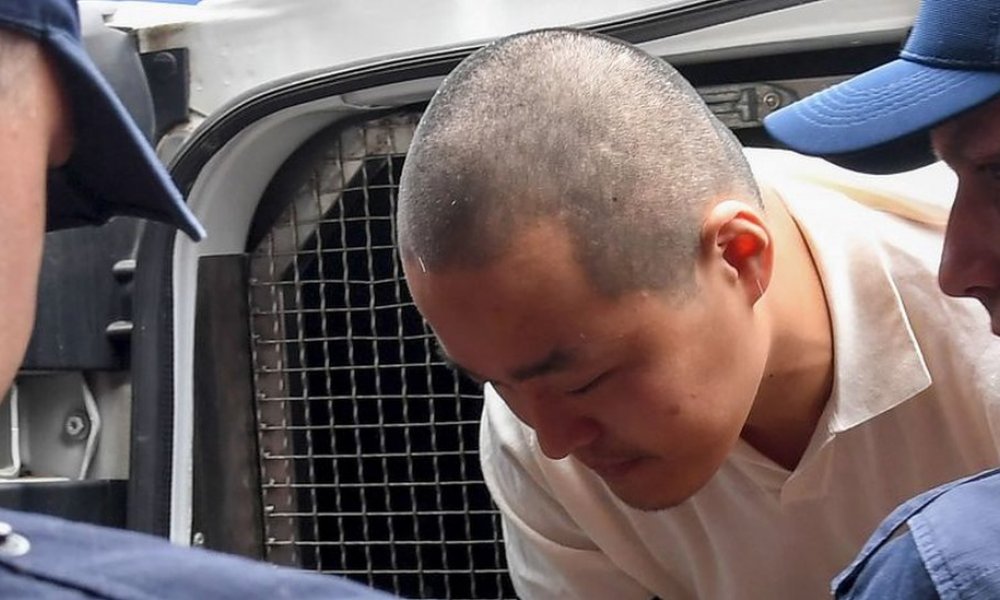
Check this out: The 20-Year-Old Who Stole $402M in Bitcoin
Fast Riches, Faster Ruin: Why Crypto Scammers Crash So Hard
Why do these crypto influencers go from private jets to perp walks so fast?
Because they live by one rule: chase quick profit, ignore the risk.
But that’s not the full picture:
- The mental toll of meteoric success. You’re under 30, sitting on billions—but deep down, you know it’s all a house of cards. The anxiety isn’t abstract. It’s constant. Living with that kind of stress, with the fear of being exposed, often pushes people into irrational territory. They stop thinking clearly. They double down, escalate, and make impulsive decisions that accelerate their own collapse.
- Сharacter cosplay with no exit strategy. Sam Bankman-Fried and Do Kwon styled themselves as crypto billionaires, complete with guru vibes and tech-savior swagger. But the personas they built ended up owning them. The lifestyle demanded perfection. No flinching, no faltering, no mistakes—just endless confidence. In the end, they weren’t leading anymore. They were just playing the part, trapped in a role they couldn't rewrite.
- Not ready for the Crown. Here’s the truth: most young crypto scammers weren’t born into affluence. So when billions show up, they don’t lay low—they chase likes. The fame drug hits hard, and suddenly they’re living for retweets instead of returns.
Then comes the real exposure. The money and power reveal what was always there: unchecked greed, bloated ego, and a paralyzing fear of being nobody again. They don’t just crash—they perform their own downfall, livestreamed in high definition.
Read on: Who Is Coffeezilla? The YouTube Sleuth Exposing Crypto Scams
The content on The Coinomist is for informational purposes only and should not be interpreted as financial advice. While we strive to provide accurate and up-to-date information, we do not guarantee the accuracy, completeness, or reliability of any content. Neither we accept liability for any errors or omissions in the information provided or for any financial losses incurred as a result of relying on this information. Actions based on this content are at your own risk. Always do your own research and consult a professional. See our Terms, Privacy Policy, and Disclaimers for more details.






